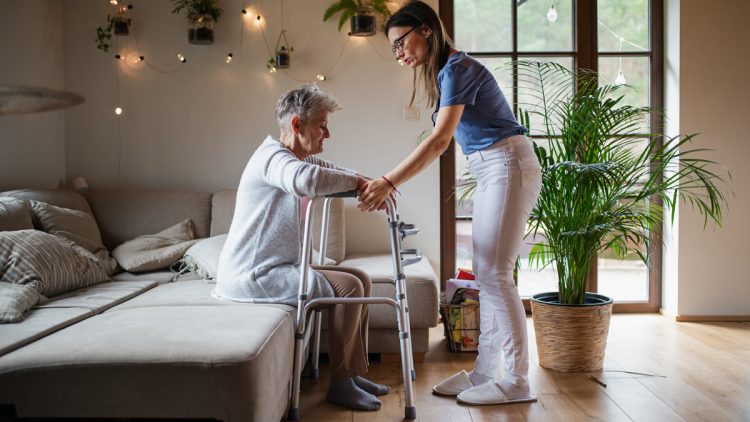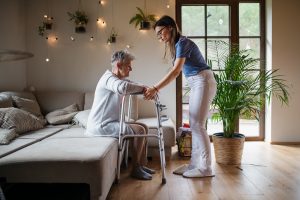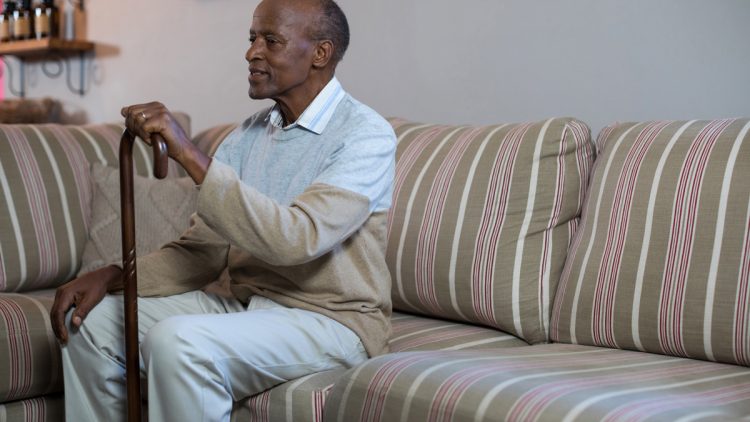Are Office Safety Assessments a Thing for Senior Workers?
Most people think of evaluations for heavy machinery, warehouse work, or construction sites when they think about office safety assessments. But the truth is that safety in the office is important for people of all ages, but especially for older workers. As the workforce gets older and more experienced workers stay on the job longer, it is becoming more important to know how to make workplace spaces safer and more comfortable for them.
Why It’s Important to Do Office Safety Checks
An office safety evaluation is just a check to see how safe and comfortable a workspace is. It looks at things like lighting, the arrangement of the workstation, the quality of the air, the way people sit, and how easy it is to get to. These tests help find tiny problems that can turn into big ones, such repetitive strain injuries, tiredness, or even falls.
Everyone benefits from a safer, more efficient workplace, but older workers typically have particular demands. They might notice changes in their eyesight, movement, or flexibility that are related to getting older. That doesn’t mean people can’t do their jobs well; it only means that their surroundings need to help them, not hurt them. That’s when professional evaluations come in.
How Safety Assessments Help Senior Workers
1. Less chance of being hurt
As we become older, our balance and how quickly we react can shift a little. Things like uneven floors, wires that are in the wrong spot, or slick surfaces might create significant threats. An office safety evaluation finds and fixes these problems before they lead to an accident, keeping everyone in the facility safe, not only the top personnel.
2. Better support for your body
Chairs, desks, and monitors that are made for a “one-size-fits-all” workforce don’t often support older workers well. Safety and ergonomic examinations look at how the height of the monitor, the positioning of the keyboard, and the type of furniture effect posture, comfort, and productivity. Changing these things can really help keep you from getting joint pain, back discomfort, and tiredness.
3. Better lighting and visibility
One of the most important yet often ignored parts of office safety is lighting. As we become older, our eyesight changes gradually. Glare and shadows can make our eyes tired and give us headaches. An evaluation can make sure that your business has even, adjustable lighting that keeps everyone comfortable, especially those who read paperwork, screens, or fine print all day.
4. How easy it is to get around and get to things
Older workers may need wider hallways, bathrooms that are easy to get to, or storage facilities that are easy to get to. A professional safety check looks at how traffic moves and how things are laid out to make sure that everything in the workplace is safe and easy to get to.
5. Improved morale and kept people on board
When firms show they care about their older workers by making sure they are secure and comfortable, it makes them more loyal and confident. Many elderly workers have been on the job for decades. Losing them to injuries or discomfort that could have been avoided is a big problem for any company.
A More Intelligent Way to Include Everyone at Work
Safety checks in the office for older workers aren’t just about keeping them safe; they’re also about making the workplace welcoming for everyone. People are staying at their jobs longer these days, not because they have to, but because they have significant experience and leadership skills.
Employers who see this change and do things to make their offices more welcoming to older workers not only follow safety rules, but they also show that every worker, no matter how old, is important.
Companies that regularly check safety and ergonomics have fewer injuries, fewer absences, and more productive workers. Plus, they show that they really care about their team’s health and happiness, which makes the corporate culture better and the public image better.
Begin with a Professional Evaluation
MeasurAbilities is an expert in doing full safety and ergonomic assessments for all kinds of workplaces, including offices, medical institutions, and factories. Our specialists can find problems, suggest ways to fix them, and help you put those fixes into action to protect and empower all of your employees, even the most experienced ones.
Making a few little changes now can make work safer and more comfortable for everyone for years to come.
Call MeasurAbilities immediately to set up an office safety check-up and find out how minor changes may have a major impact on your senior personnel and your whole company.
Related Posts


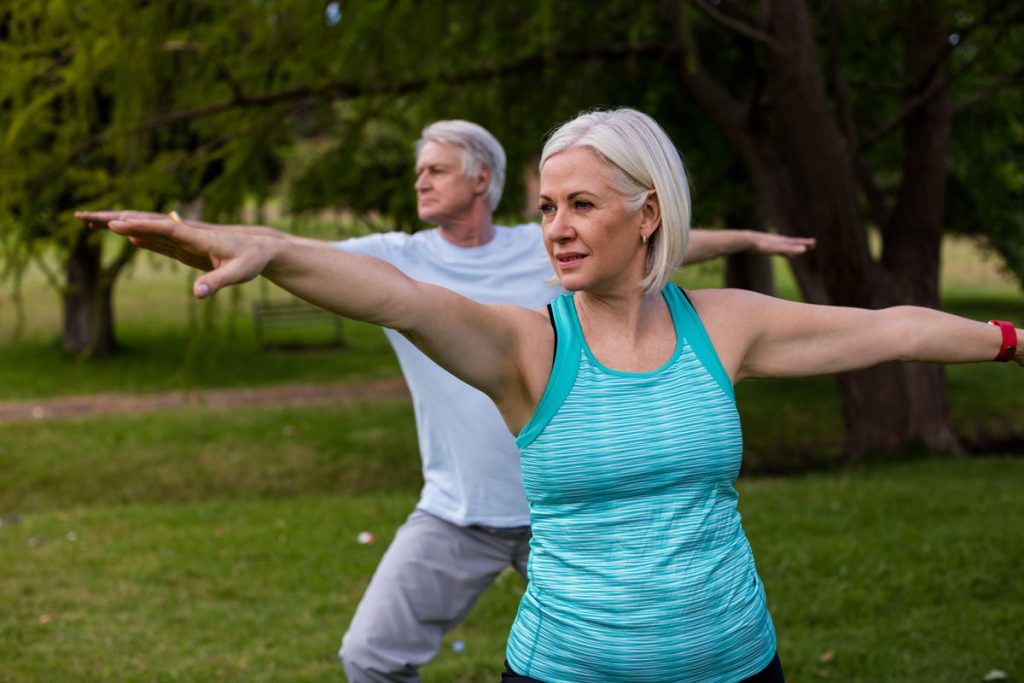
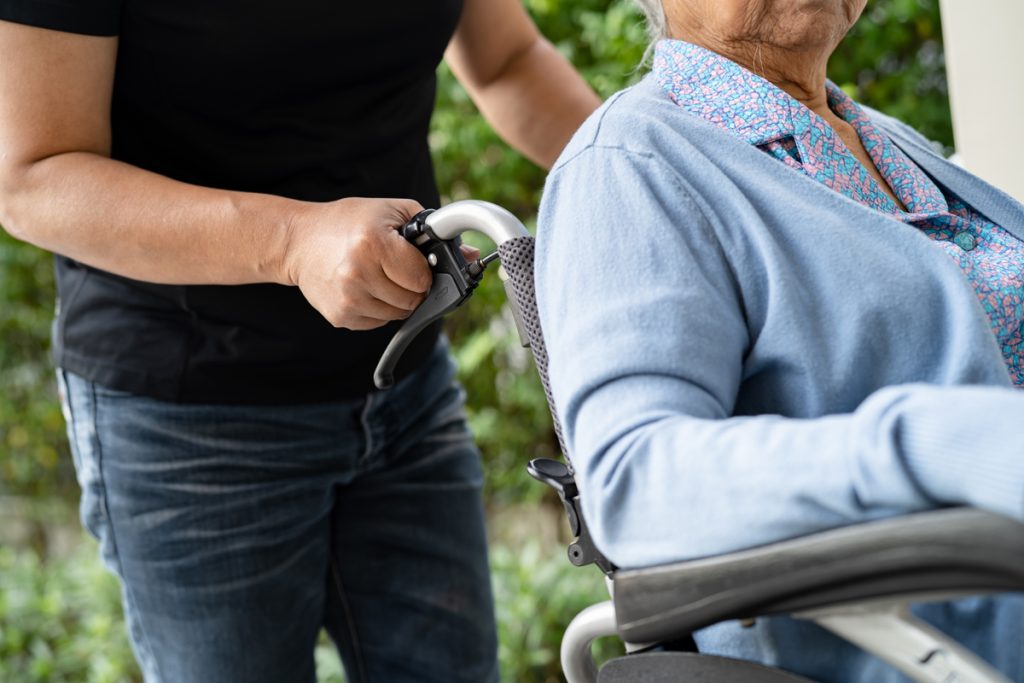
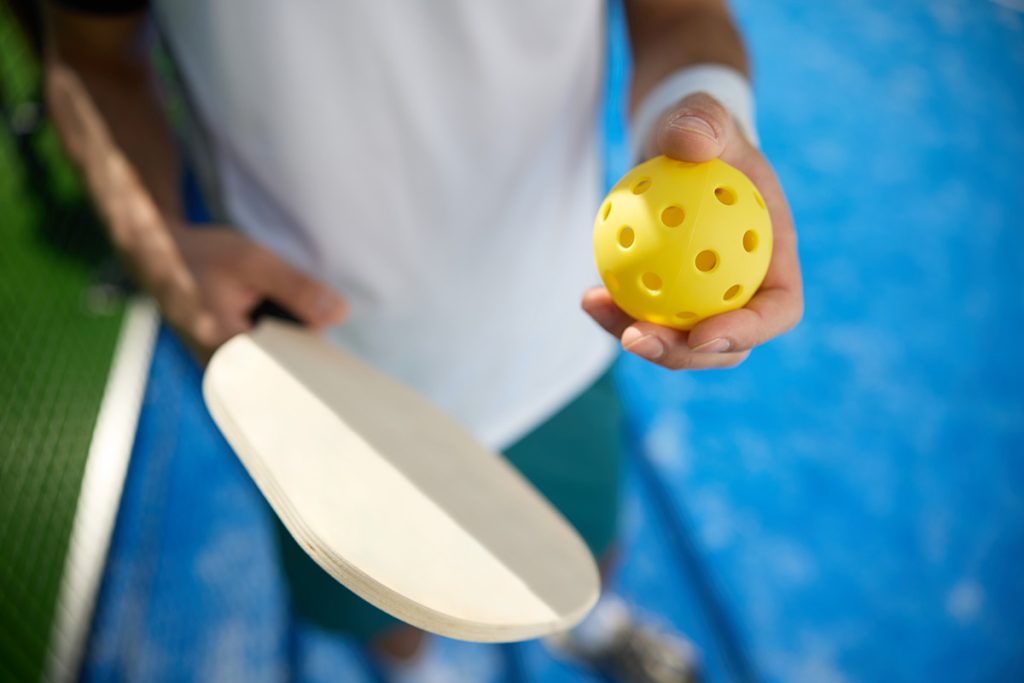
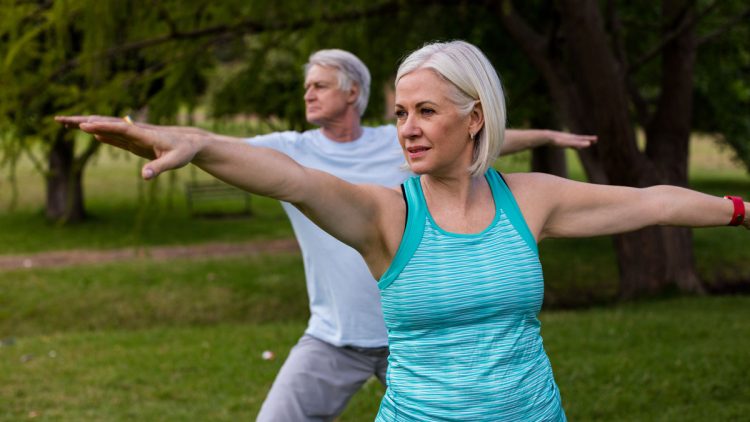
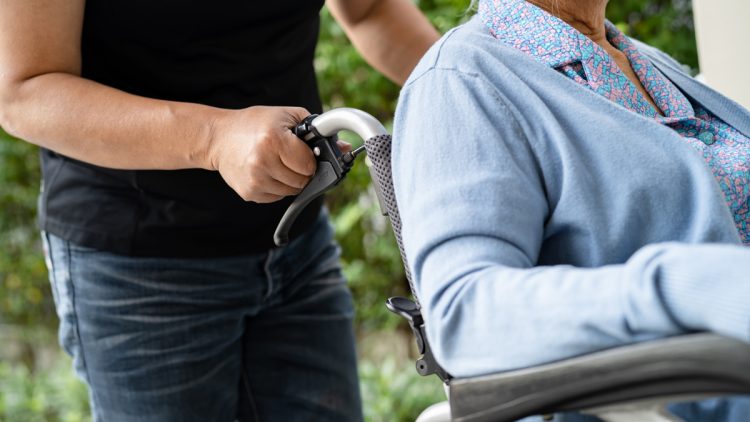
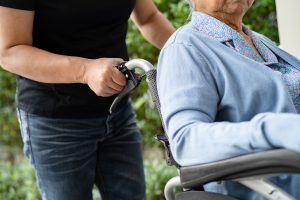
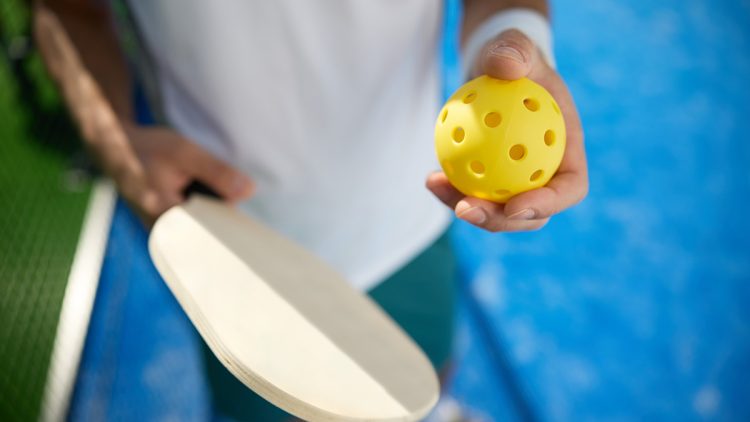
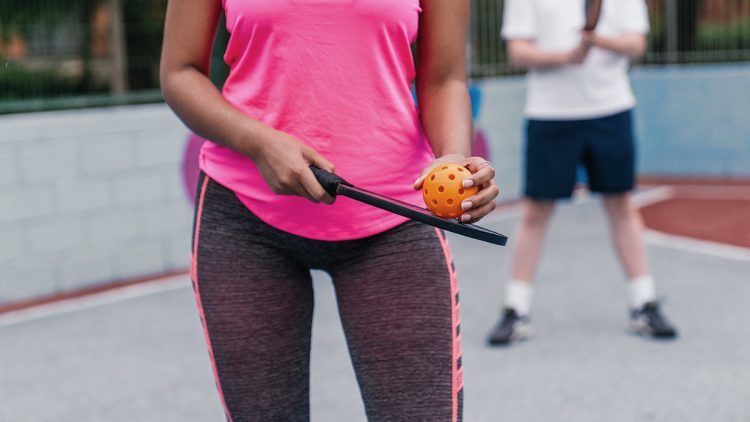

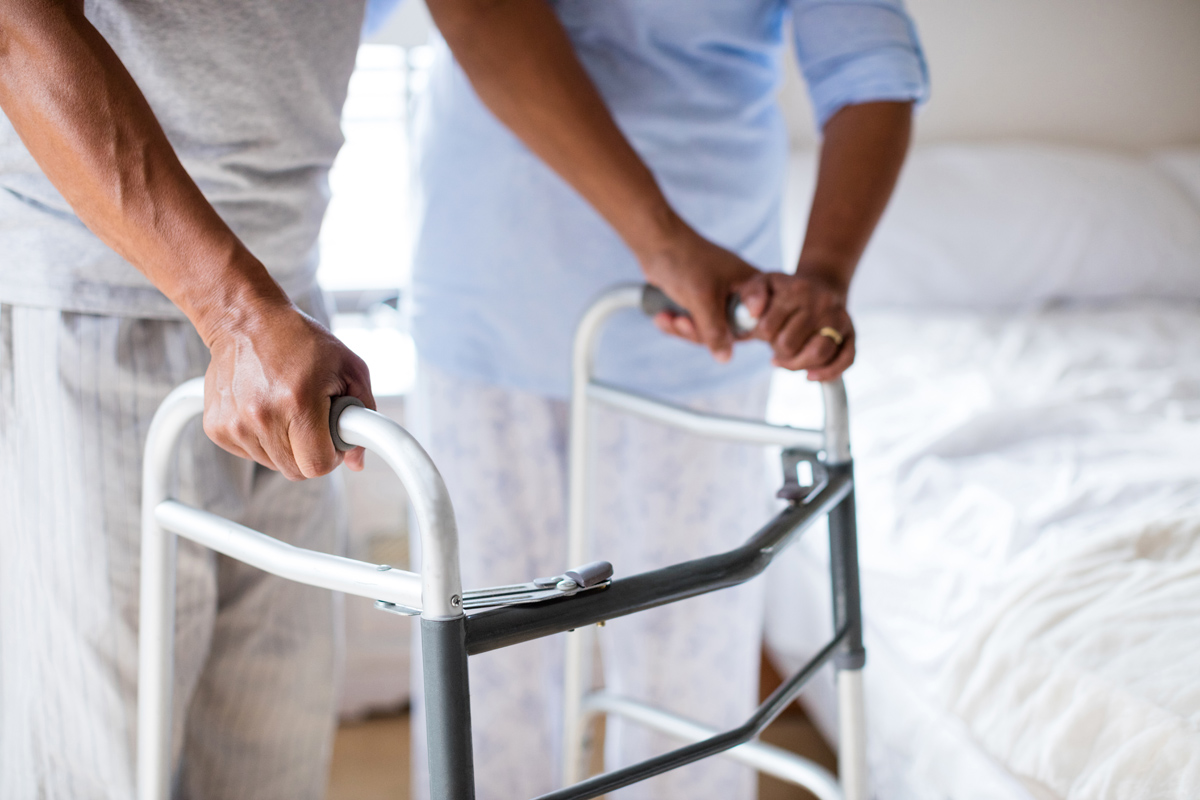 Functional Capacity Evaluations (FCEs):
Functional Capacity Evaluations (FCEs):